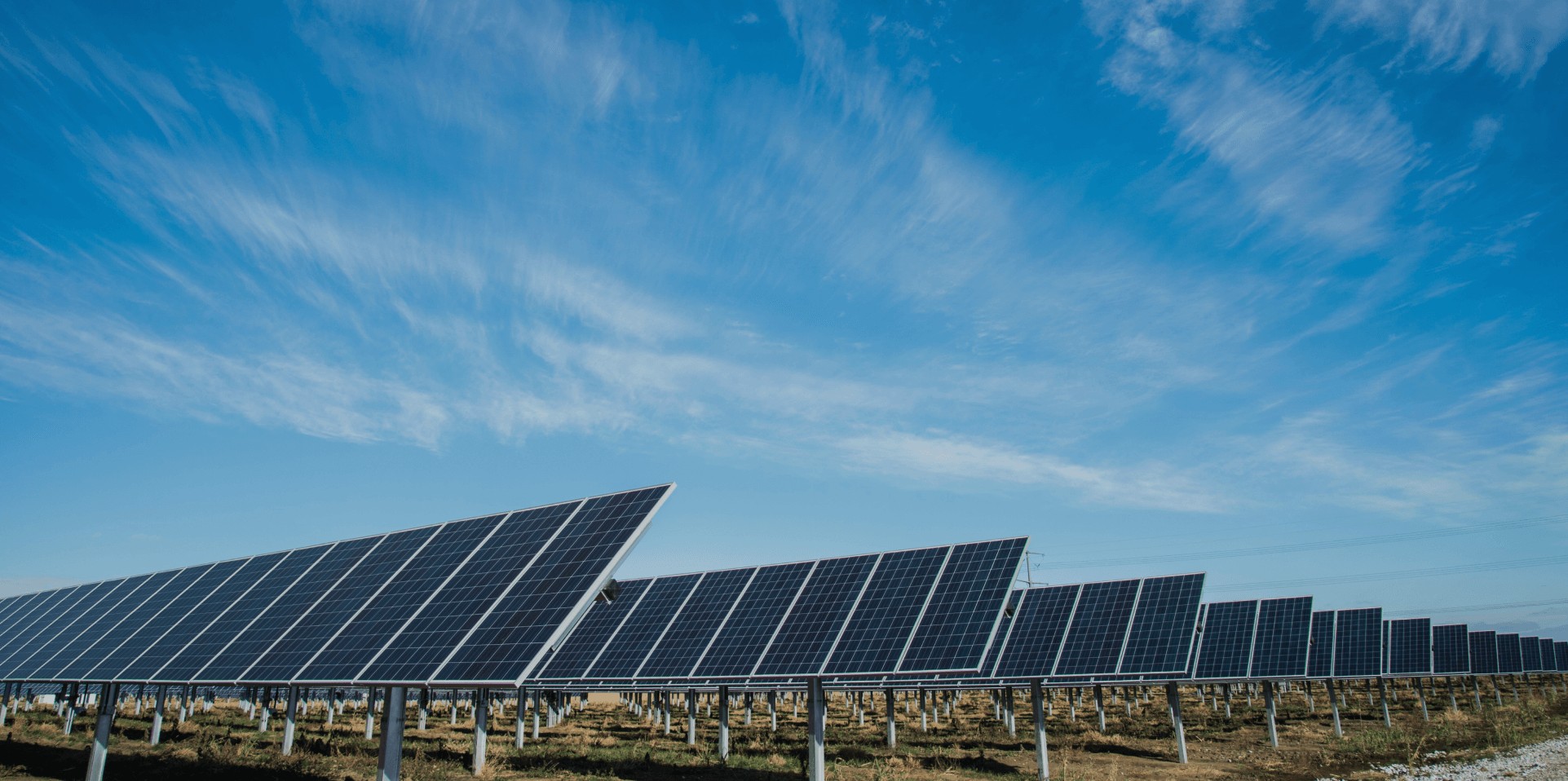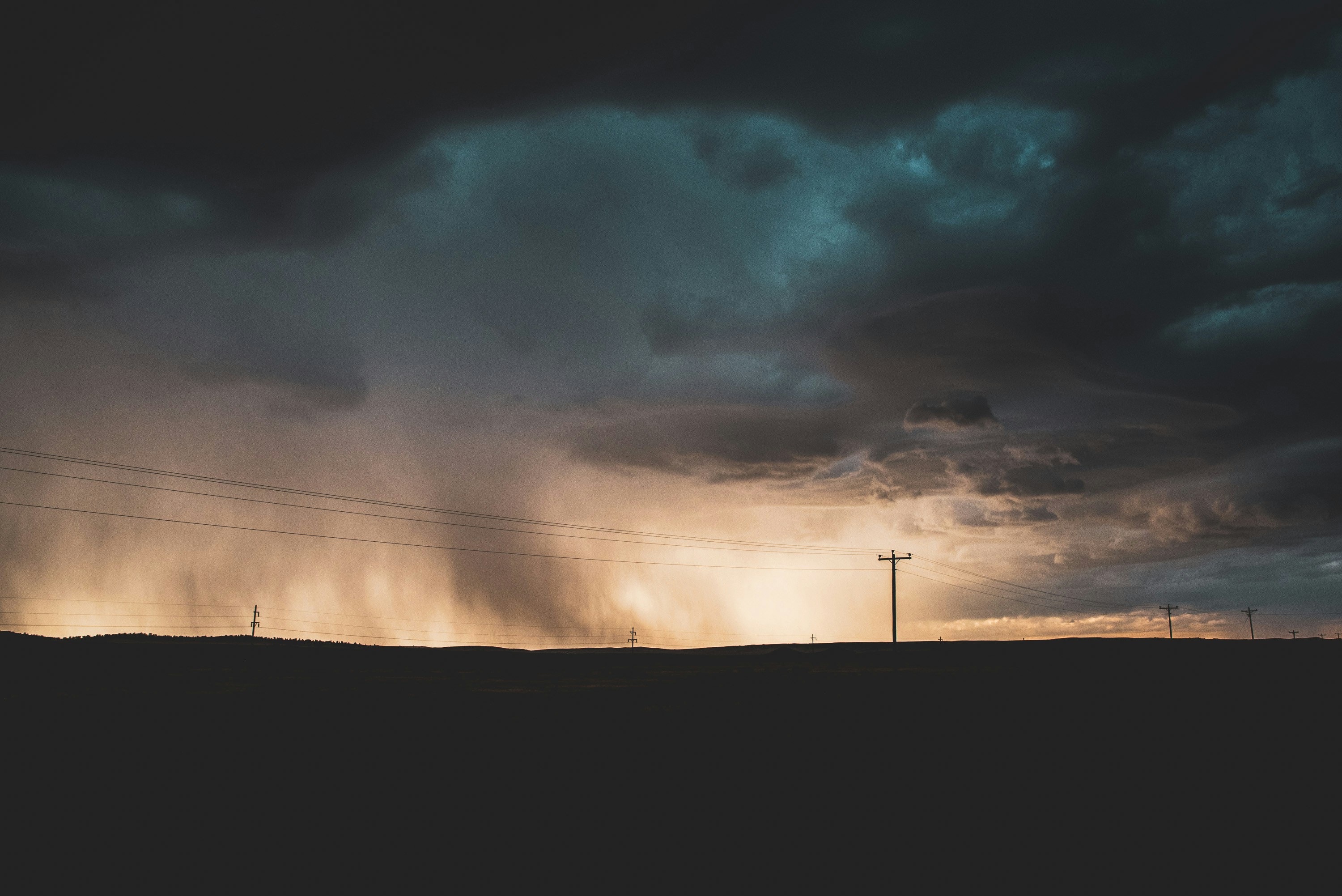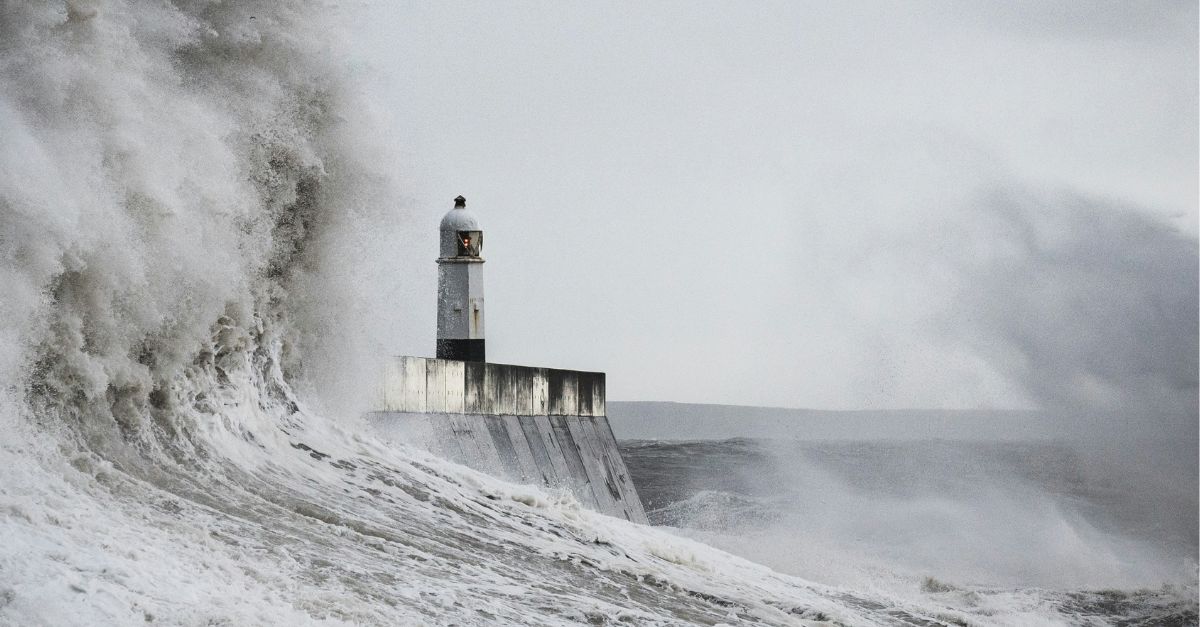
CMS expert guide to renewable energy

CMS
Deep dive into the renewables sector and discover what lies ahead for the industry

The Renewables Sector is now many decades old and considered a mature investment sector by many. Yet the issues it faces continue to evolve and grow at pace with the evolution and growth of the sector itself. Some of the issues emanate from broad geopolitical events, such as military conflicts between neighbouring states which have brought a renewed focus on renewables as largely a secure and stable source of energy while also putting deep pressure on the globalised supply chains that service the sector. Likewise, the political nature of the energy transition is highlighted time and again by perceived shifts in the fortunes of the renewables sector as governments change in its major markets. Political commentators forecast that political volatility will only increase over the coming years.
Notwithstanding the sensitivity of investors to such factors, renewables as a global sector continues to march forward and the global outlook remains positive. Political sentiment towards renewables also remains largely positive, as exhibited by the relative ease with which the commitment to triple renewable energy capacity by 2030 was secured from over 100 countries at COP28 in Dubai. The issues for the sector is not whether to invest, but how and where.
The political targets anticipate a tremendous acceleration of renewables projects and this would largely be achieved by scaling up both the number and size of the projects pipeline for the principal technologies, namely solar and wind. Over 100GWs worth of renewable energy projects were installed in 2023. In future, annual installations will need to be multiples of this figure. Such scale creates new challenges.
Challenges facing the sector
Scale puts pressure on available real estate both onshore and offshore. The multiplication of environmental impacts that arise as a consequence are causing headaches for impact assessments and consenting procedures. For countries that have limited land on which to build, opposition to onshore developments has led to an increasing focus on (more expensive) offshore projects. And even on cross-jurisdictional projects of immense scale, such as the X-Links project, which would link Morocco to the UK in order to transport power from a 10.5 GW renewable project in the Moroccan desert (stabilised through a 5GW battery) via an almost 4,000km 3.6GW HVDC interconnector. The amount of cable required exceeds the world’s current manufacturing capacity and so would necessitate the construction by X-Links of two new cable manufacturing plants.
Beyond the challenges of securing optimal land on which to build, there are also increased challenges in consenting the projects. As the pipeline grows, the ability for authorities and other stakeholders to facilitate the progress of such projects at the pace required through each of the various hurdles along the development pathway can become a constraint. Political interventions designed to speed up permitting processes can also often lead to a sense that the ability for local communities to scrutinise such projects is being diminished. A case in point is the continuing controversy over Statkraft’s Storheia and Roan wind farms in Fosen in Norway, which were found by the Norwegian supreme court to violate the rights of the indigenous Sami people by affecting where their reindeer can graze. Even the Swedish climate activist Greta Thunberg has come down on the side of the Sami and against perceived “green colonialism”. Alongside this, local interest groups more generally have become more experienced and adept at organising to raise funding to engage in the various processes. It is risky for such local opposition to be dismissed as Nimby-ism.
Developers that have managed to navigate the complex path to a “ready to build” project still have their work cut out to ensure they have a viable financial model. The offshore wind sector is a case in point. From one perspective, the future for offshore wind looks exceptionally positive, with huge targets and tender rounds being launched in mature and new jurisdictions. Offshore wind deployment hit a record 12.3GW of projects achieving financial close in 2023. New investors continue to enter the market such as Octopus Energy, which announced plans to deploy USD20bn into offshore wind by 2030. But the mood in the sector is downbeat. The largest developer in the sector, Denmark’s Ørsted, was toasting success in offshore wind tender rounds in the US three years ago, with its market capitalisation reaching a heady USD82bn in 2021. That has since plummeted to a third, with it also having to write down more than USD5bn in ‘impairments’ due to difficulties with its US projects. Those difficulties included the time and cost of permitting the projects as well as the financial viability of some projects failing to meet investor return requirements. The US experience highlights the importance of effective auction design and a facilitative legal and regulatory environment for projects.

Supply chain issues, high inflation and increased borrowing costs have created a perfect storm for projects such as these that were unable to flex their revenues. It was an article of faith for many that, with increased scale, renewables would become ever cheaper. That may be the long-term trajectory, but shorter timeframes exhibit more volatility. Access to, and rising prices of, critical minerals (such as lithium, nickel, graphite, copper and cobalt), together with the outsized concentration of renewables supply chains in China, have come under intense focus as a potential constraint on the ambitions of the energy transition. Alongside this, geopolitical shocks and the global reaction to the Covid-19 pandemic have exposed the fragility of supply chains.
Another thorn in the side of the sector, also linked to the scaling up of the number and size of projects, has been increased network congestion. In many countries, connection offers for new projects can be a decade or more out. The lead times for developing new network infrastructure have lengthened as the size and number of demands on the networks have increased. This has been compounded by the often remote locations for new renewables projects and the parallel increase in demand from new energy intensive load centres such as data centres. Under political and sectoral pressure to shorten connection timeframes, network operators and regulators are shifting towards a more anticipatory model of investment. Developing a network fit for the future has become a game of four-dimensional chess, as the complex matrix of pressures on the network is further complicated by a need to anticipate the role of hydrogen, carbon capture, nuclear power and demand side response in any future energy mix.
All of this, unfortunately, translates into overall higher development costs for many renewables projects. The revenues from the sale of renewable power that many projects require to stack up for investors has increased. This is not the sector cashing in but trying to keep projects afloat in choppy waters. The good news is that there is a wave of corporates looking to enter into corporate power purchase agreements to help new projects be financed and constructed. The RE100 group of large global corporates committed to 100% renewable electricity now has over 400 members. As projects scale up, it is however harder for offtakers to commit to taking all of the power from very large projects. The bankability of multiple offtaker structures is more complex. Some policymakers, such as in France, Taiwan and the European Commission, are helping to maintain this route to market for new projects by offering credit guarantees to projects.
However, there remain many challenges. These include the panoply of local industry, regulatory and legal rules that have to be navigated, the difficulties in cross-border trading of resulting green certificates (such as guarantees of origin) together with the misunderstanding or seeming mistrust from local authorities and local industry entities of such arrangements. Virtual (rather than physical) power purchase agreements have been one of the ways corporates have found of navigating around the legal issues of buying power directly. Alongside this, developers, investors and funders of renewables projects have had to become more comfortable with a “merchant tranche”, i.e. a portion of the project’s output that is not sold ahead but provides a fluctuating revenue stream based on the real time price in the electricity market.
What lies ahead for the renewable energy sector
The current issues in the renewables sector will pass. The industry expects costs to come down with technological advancements and as manufacturing bases expand. The gauntlet that has been thrown to the sector makes it an incredibly exciting time, with huge prizes for the winners. Some of the pathways that the sector will need to explore to achieve political targets have not yet been developed or deployed. Much of the industry has their feet firmly on the ground, getting on with the task of securing precious real estate on which to construct projects. But some are looking up. While the concept has been floated for decades, organisations such as the UK’s Space Energy Initiative are now actively exploring the possibility of putting solar panels in geostationary orbit and beaming the power back to receiving antennas on the ground. With the cost of shuttle launches plummeting, the economics appear to stack up and developments in robotics may have allowed us to reach the tipping point for this extraordinary technology. For those working in the renewables sector over the coming decades, even the sky is not the limit.
This article was written by CMS partner, Munir Hassan, and was first published on CMS Law-Now on 22 February 2024. You can access the full report, including an overview of the renewable energy sector in 40 countries here.

CMS
Share "CMS expert guide to renewable energy" on
Latest Insights

UBS and Switzerland: Capital hikes are not the right tool for the job
15th October 2025 • Prasad Gollakota

Trade deals & trade wars: The regional impact
23rd May 2025 • Adrian Pabst and Eliza da Silva Gomes

Unpacking the truth behind U.S. Treasury market volatility
17th April 2025 • Prasad Gollakota




























